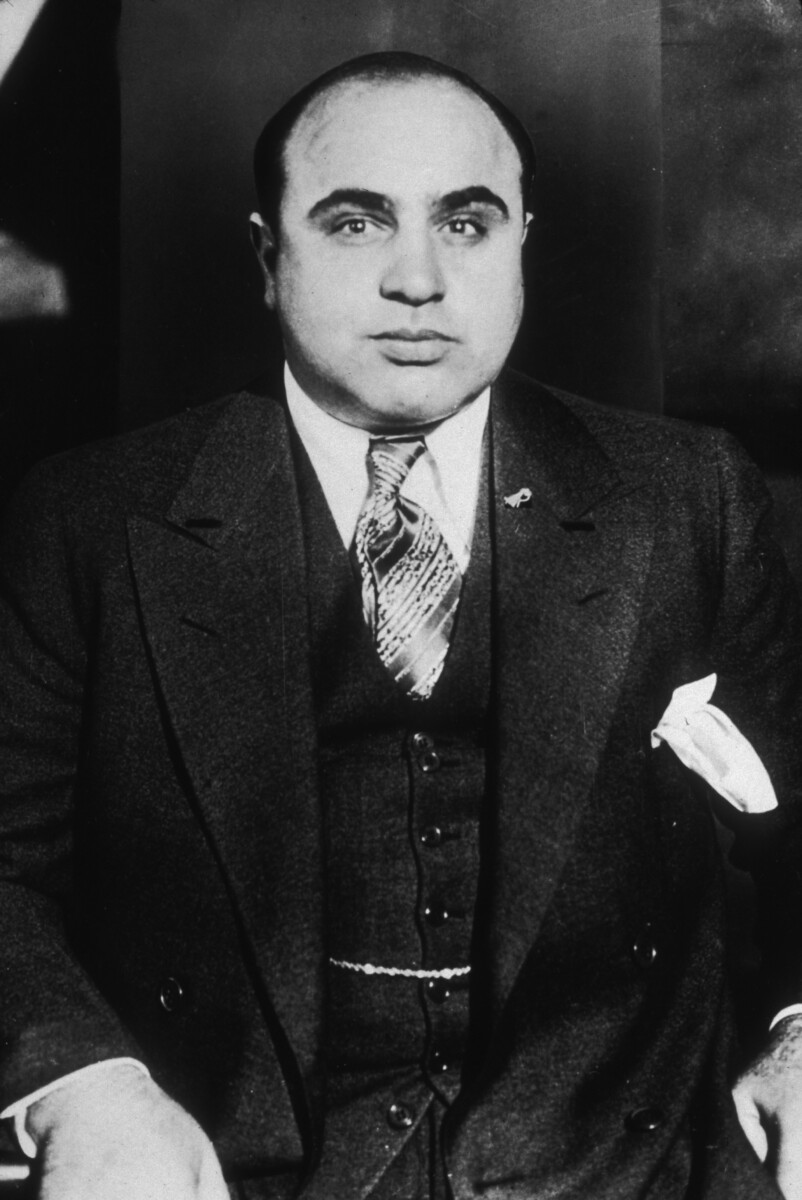Luxembourg: The Tiny Titan of Wealth

When you think of the world’s richest countries, you might picture sprawling metropolises or oil-laden giants, but in 2025, it’s a pint-sized European nation that sits atop the leaderboard. Luxembourg, with a population barely topping 650,000, boasts a GDP per capita of about $125,000, according to the latest World Bank and IMF data. This staggering figure isn’t just a fluke; it’s the result of a booming financial sector, an ultra-modern economy, and a famously attractive tax regime that pulls in global corporations and wealthy residents alike. The country’s location right in the heart of Europe makes it a crossroads for business and trade. Banks, investment funds, and a highly skilled workforce keep money flowing in and out at lightning speed. Even the local government is known for its efficiency and innovation, making it easier for international companies to set up shop. In a world obsessed with scale, Luxembourg proves that sometimes, smaller really is richer.
Switzerland: Banking on Stability
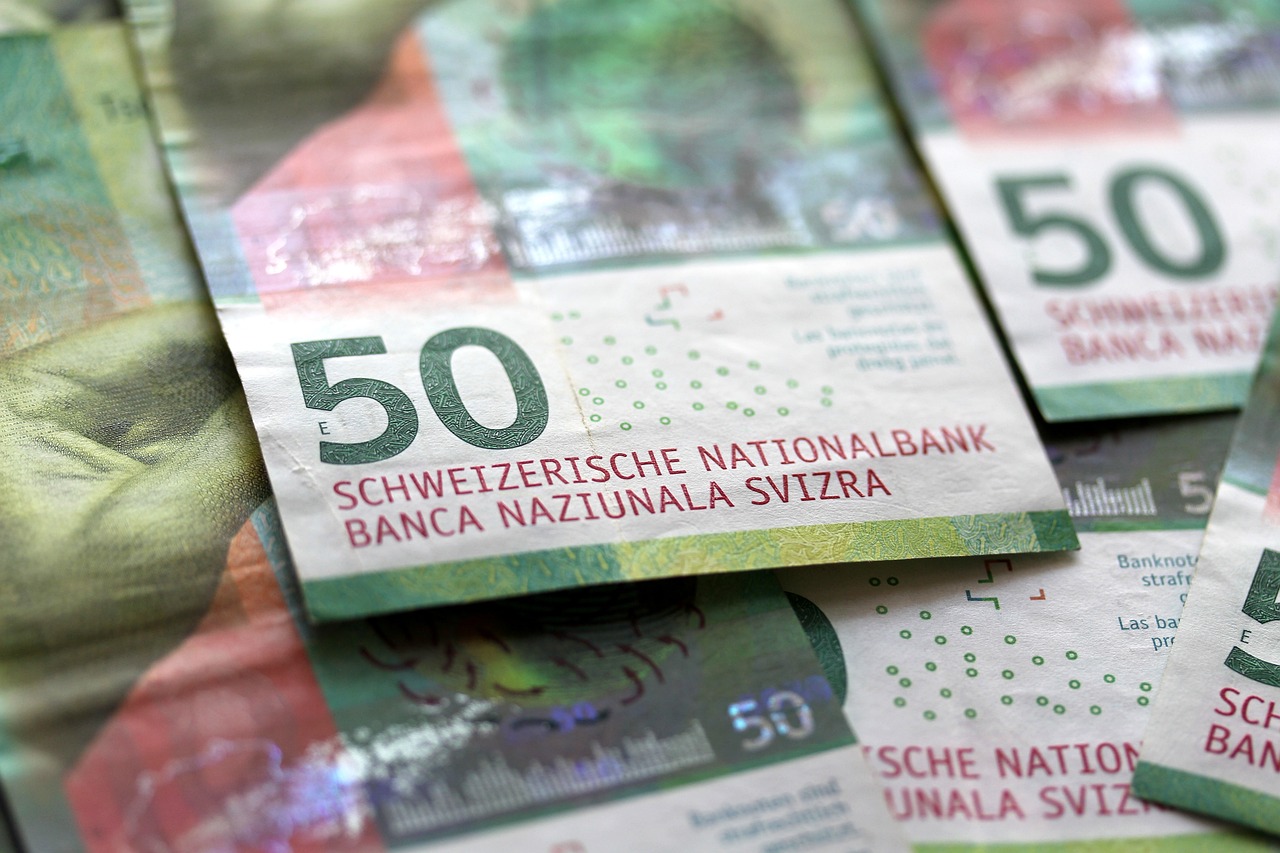
Switzerland holds tight to second place, with a GDP per capita nearing $90,000 as of 2025. This alpine nation is synonymous with banking, precision engineering, and chocolate, but its wealth runs much deeper. Switzerland’s economy thrives on a blend of financial services, pharmaceuticals, and high-tech industries, all supported by a culture of innovation and trust. The Swiss Franc remains one of the world’s strongest currencies, giving residents a sense of security and purchasing power that’s the envy of many. The country’s political stability, neutral foreign policy, and pristine environment draw in both entrepreneurs and expatriates. Swiss cities like Zurich and Geneva frequently top global quality-of-life rankings, reinforcing the perception that high income translates to high living standards here. The nation’s strict privacy laws and commitment to discretion make it a magnet for global investors looking for a safe haven.
Ireland: From Struggle to Success

Ireland’s economic journey is nothing short of inspiring. Once known for its emigration and economic struggles, the “Celtic Tiger” now boasts a GDP per capita of around $85,000. The secret? A business-friendly tax regime that lured tech titans like Apple, Google, and Facebook to set up their European headquarters in Dublin. Foreign direct investment has flooded in, creating jobs and driving up wages. Ireland’s young, well-educated workforce is a huge draw for multinationals, making the country a hub for innovation and development. The government has invested heavily in infrastructure and education, ensuring that prosperity is shared more widely than in the past. Even with global shifts in corporate tax policy, Ireland remains a top destination for new business, showing remarkable resilience and adaptability in the face of change. The transformation from hardship to high-income status is one of Europe’s most astonishing economic stories.
Norway: Turning Oil Into Opportunity
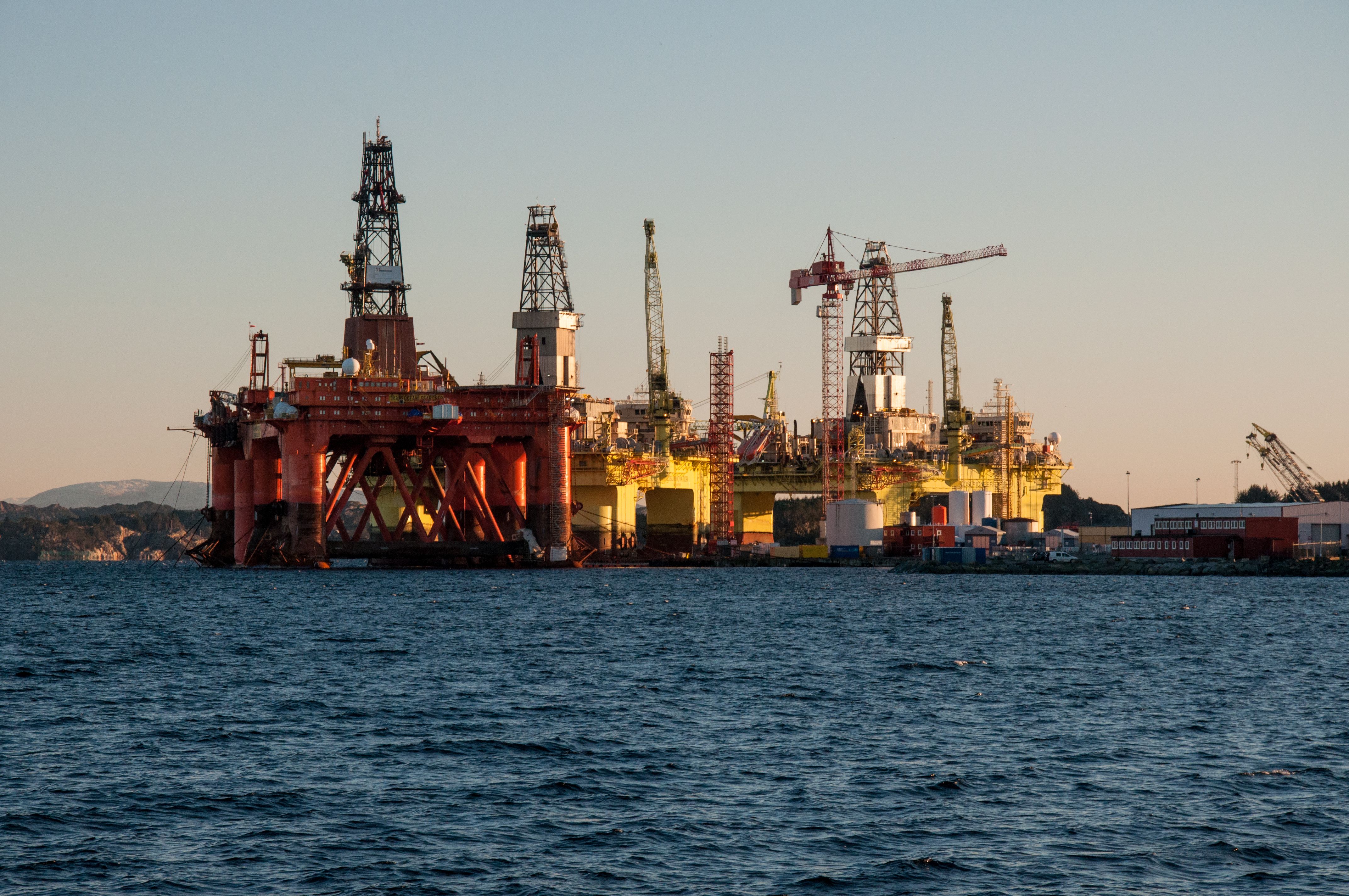
Norway sits comfortably among the richest nations, with a GDP per capita of about $80,000. What sets Norway apart is its savvy management of natural resources, especially oil and gas. The country has built the world’s largest sovereign wealth fund—now topping $1.5 trillion—by channeling profits from the petroleum sector into long-term investments. This fund isn’t just a rainy-day account; it’s a safety net for future generations, helping to cushion economic shocks and fund social programs. Norwegians enjoy free healthcare, high-quality education, and generous social benefits, all supported by prudent fiscal management. The country’s focus on sustainability is also notable, as it invests in renewable energy and green technology to prepare for a post-oil future. With a small population and vast natural assets, Norway demonstrates how wise stewardship can turn natural riches into enduring prosperity.
Qatar: Gas-Fueled Prosperity

Qatar, perched on the Arabian Peninsula, holds a GDP per capita of around $75,000, driven largely by its immense reserves of natural gas. The country’s wealth has been supercharged by global energy demand and some of the world’s largest liquefied natural gas projects. Over the past few years, Qatar has invested billions in infrastructure, not just for the 2022 FIFA World Cup, but to transform its capital, Doha, into a modern metropolis. The government is pushing hard to diversify the economy, investing in education, healthcare, and tourism to reduce reliance on fossil fuels. Qatar’s citizens benefit from zero income tax, free healthcare, and major subsidies, all funded by the nation’s gas riches. In 2024 and 2025, continued high energy prices have helped the country weather global economic uncertainty, keeping its place among the planet’s wealthiest.
Singapore: Asia’s Economic Powerhouse
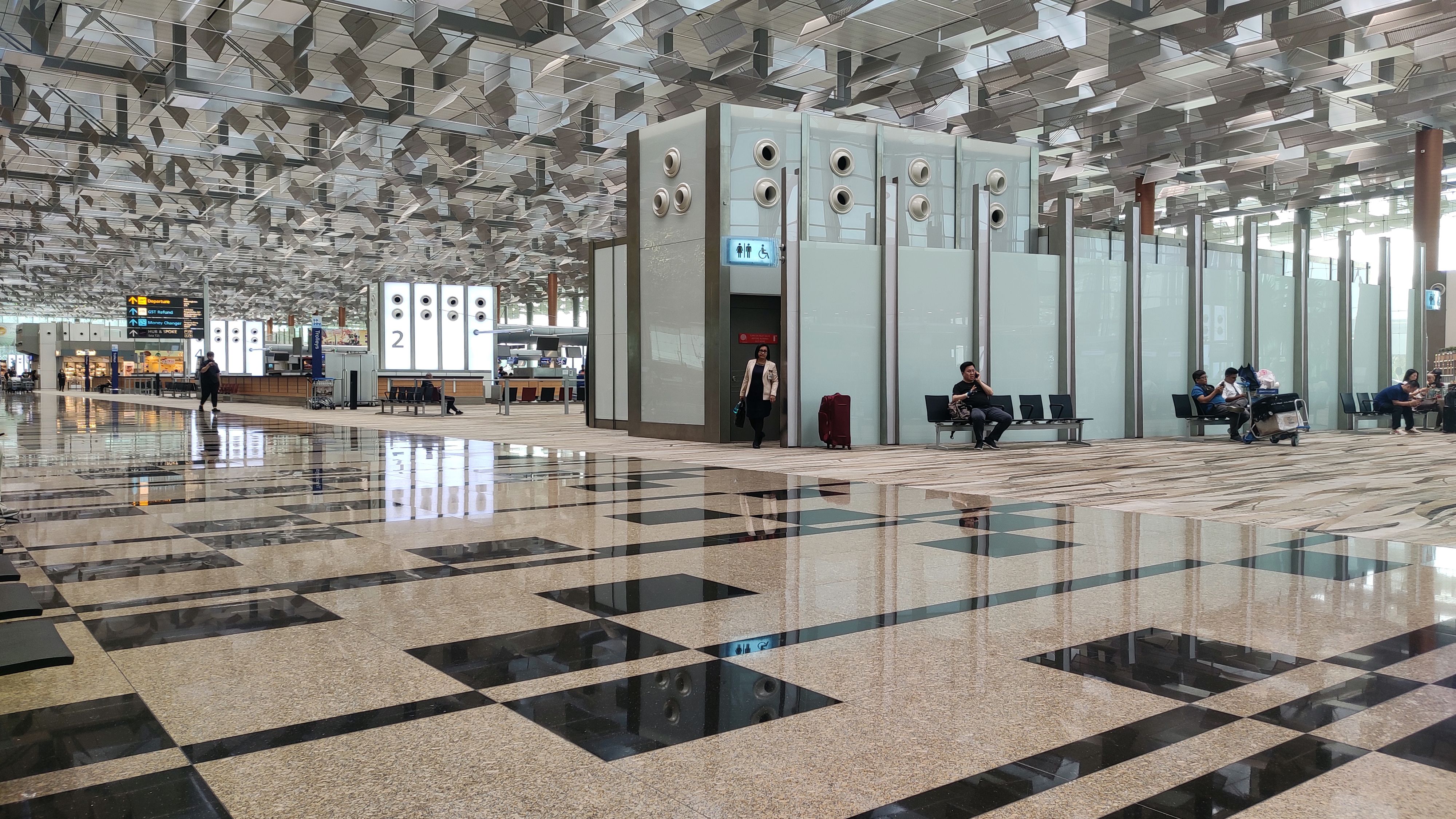
Singapore, a city-state just over 700 square kilometers in size, punches far above its weight with a GDP per capita of about $70,000. Located at the crossroads of global trade routes, Singapore has built its fortune on shipping, finance, and high-tech innovation. The government’s focus on education, clean governance, and infrastructure has created a business environment that’s the envy of Asia. International companies flock here, drawn by low taxes, superb logistics, and a highly skilled workforce. Singapore’s port is one of the busiest in the world, and its airport consistently ranks as the best globally. In recent years, major investments in biotech, fintech, and digital industries have kept the economy humming. The result is a society where high income meets high efficiency—a place where “smart nation” isn’t just a slogan, but a daily reality.
United States: Innovation and Inequality
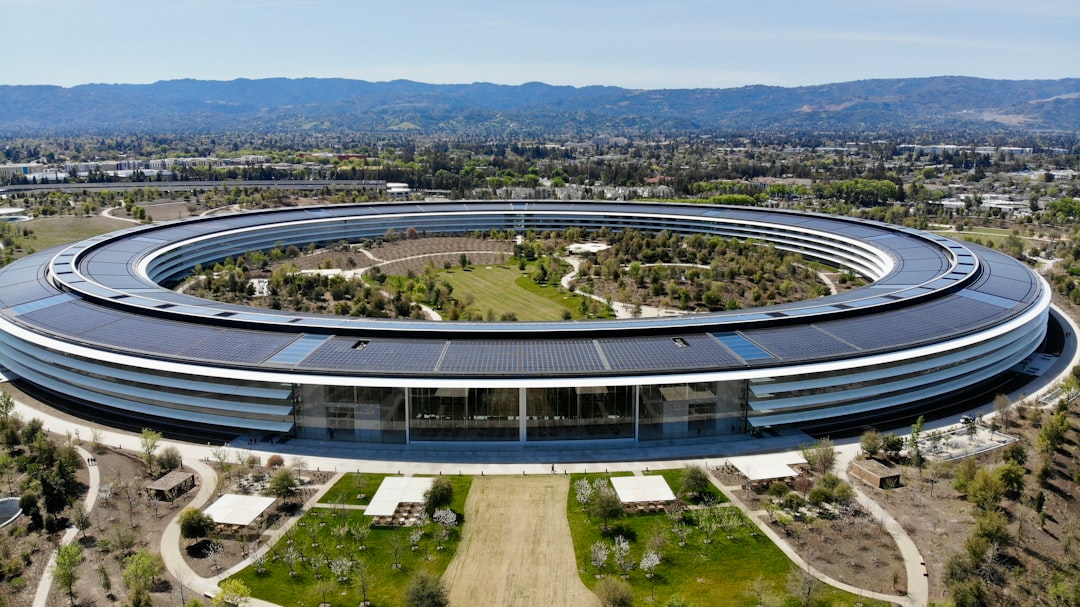
The United States, with a massive and diverse economy, has a GDP per capita of roughly $65,000. It remains the world’s innovation engine, home to tech giants, world-leading universities, and a culture that celebrates entrepreneurship. Silicon Valley, Wall Street, and Hollywood all contribute to a dynamic economy with global influence. However, the nation’s wealth is unevenly spread. Income inequality has widened in recent years, with some regions thriving and others left behind. Despite these challenges, the U.S. maintains high productivity, extraordinary creative output, and a steady stream of new businesses and startups. The strength of the American dollar and the country’s natural resources also bolster its position. In 2024 and 2025, the U.S. has seen steady economic growth and low unemployment, even as debates about fairness and opportunity rage on.
Australia: Wealth Down Under
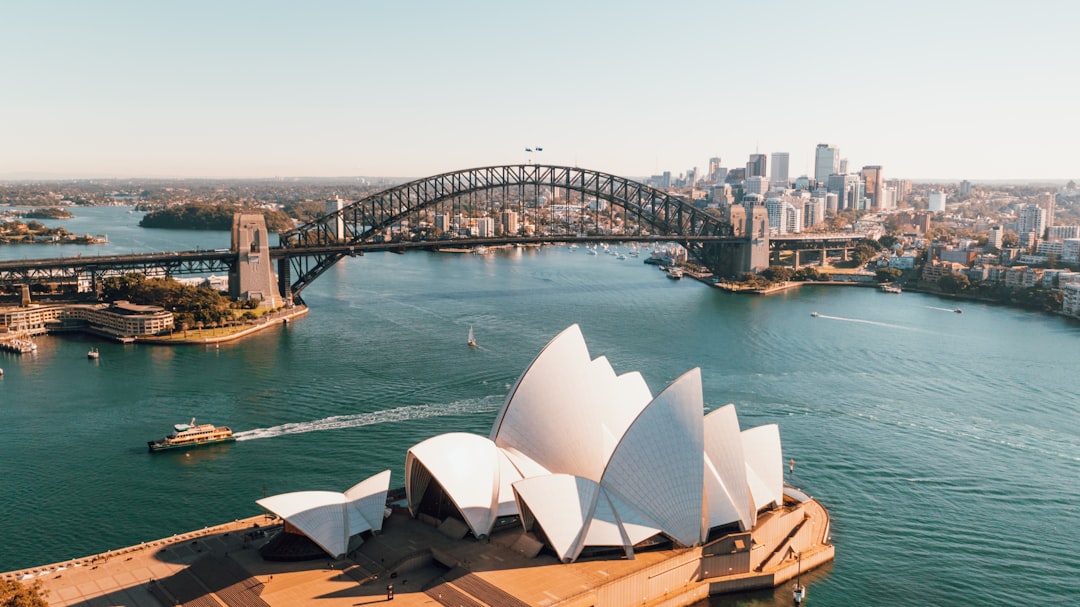
Australia’s prosperity is anchored in its resource wealth and strong services sector, delivering a GDP per capita of about $60,000. The country exports minerals, energy, and agricultural products across Asia, benefiting from high demand in China, Japan, and South Korea. But Australia isn’t just a quarry; it’s also a financial and tourism hub, with cities like Sydney and Melbourne drawing millions of visitors and investors every year. The nation has weathered global economic storms better than most, aided by robust trade agreements and a flexible labor market. In 2024 and 2025, Australia’s focus on green energy, sustainable agriculture, and high-tech industries has helped maintain growth. Australians enjoy a high standard of living, excellent healthcare, and a laid-back lifestyle that’s the envy of many.
Denmark: Prosperity With Purpose
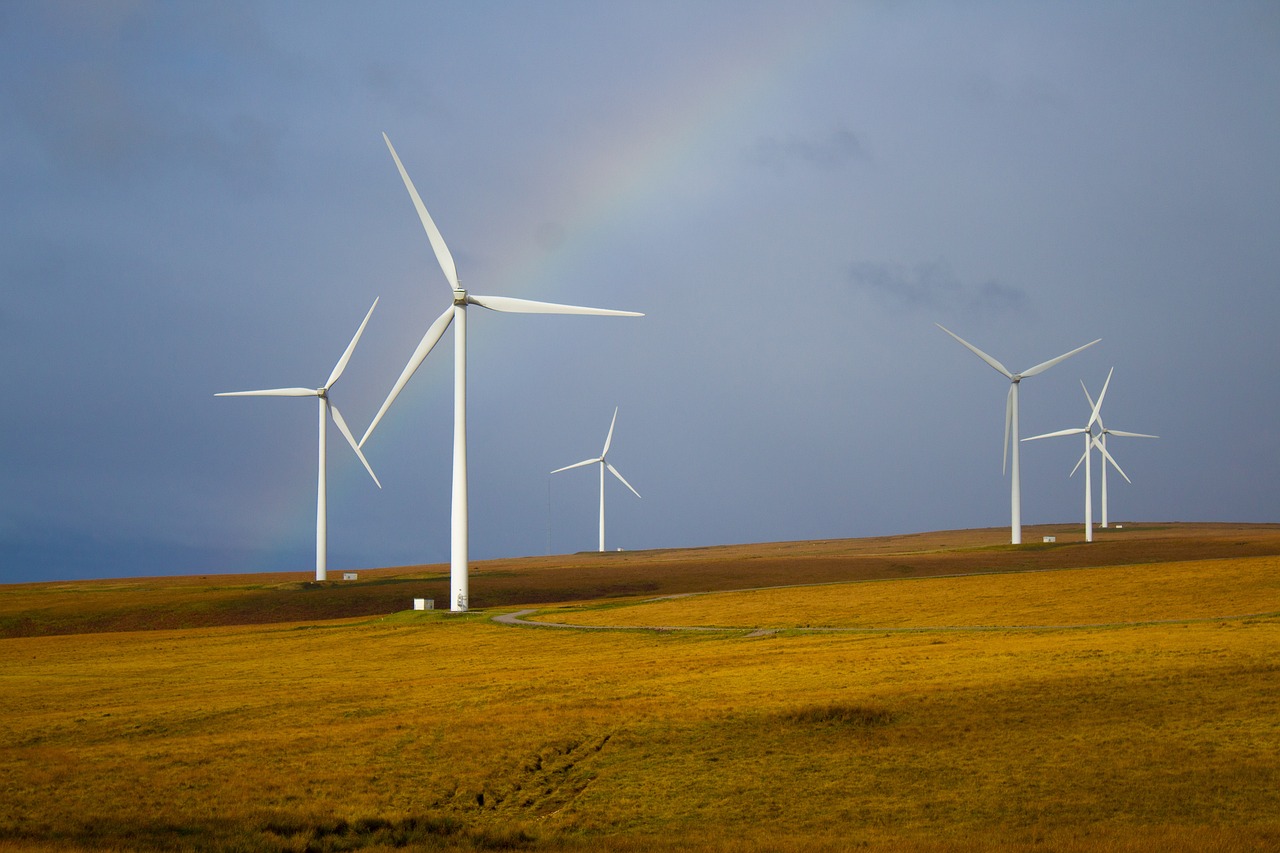
Denmark rounds out the top ten, with a GDP per capita of around $58,000. The country’s wealth is built on a mix of advanced manufacturing, agricultural exports, and a highly effective welfare system. Danish society is characterized by trust, transparency, and a commitment to social equality. The government invests heavily in renewable energy, making Denmark a global leader in wind power and green technology. Flexible labor laws and strong unions help keep the job market dynamic and resilient. In recent years, Denmark has focused on digitalization and innovation, ensuring that its economy stays competitive in a rapidly changing world. Danes consistently report some of the highest happiness and life satisfaction rates globally, illustrating that wealth isn’t just about money—it’s about well-being too.
United Arab Emirates: Diversifying Wealth
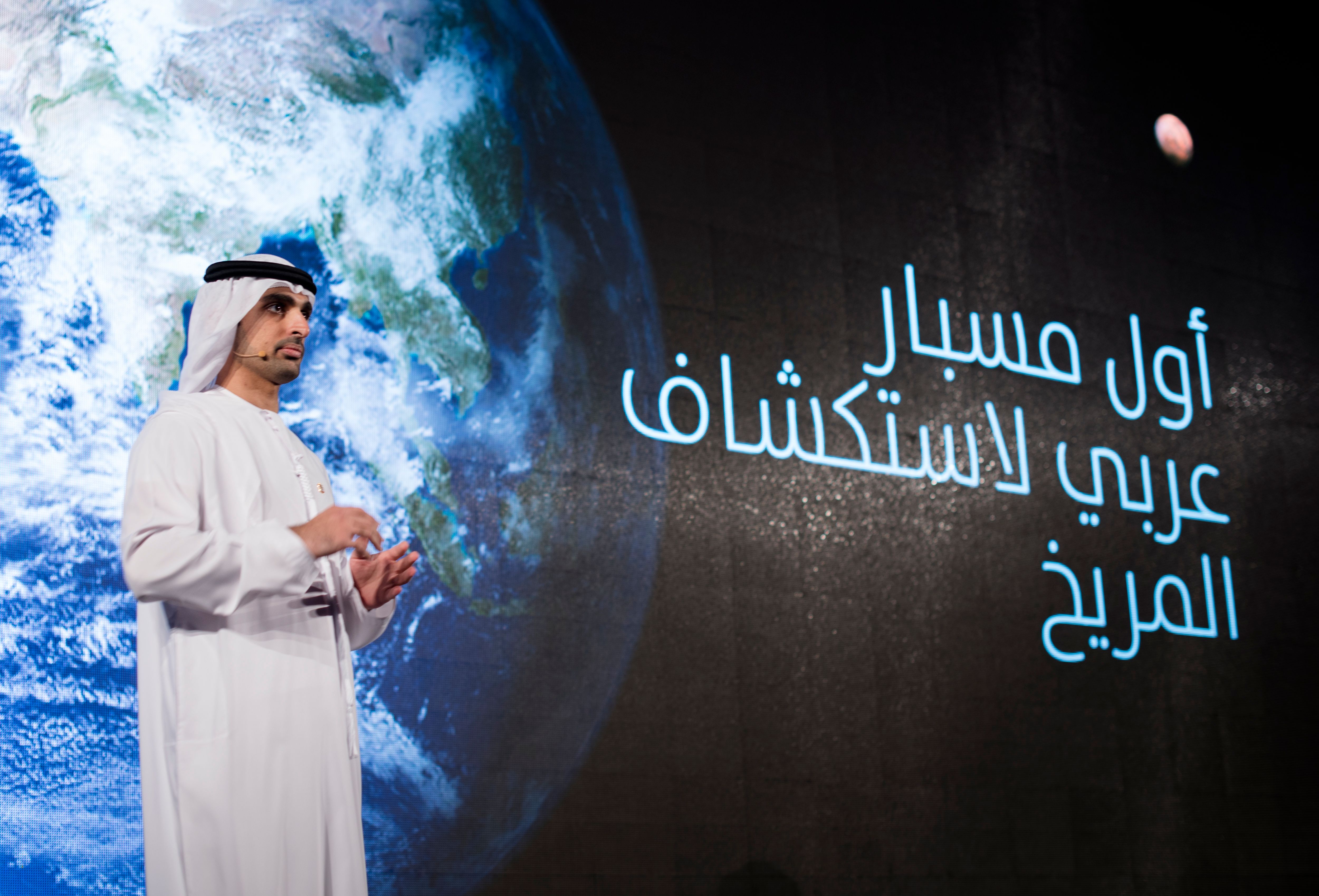
The United Arab Emirates, especially Dubai and Abu Dhabi, has leveraged oil wealth to build a diversified, modern economy. With a GDP per capita close to $57,000, the UAE has invested heavily in tourism, real estate, and technology to reduce dependence on hydrocarbons. In recent years, world-class events like Expo 2020 and ambitious projects—such as the Mars Mission—have boosted the nation’s global profile. The government encourages foreign investment and entrepreneurship, making the UAE a magnet for ambitious professionals from around the world. A tax-free environment and luxury lifestyle are part of the attraction, but the country is also investing in sustainability and education as it looks to the future.





